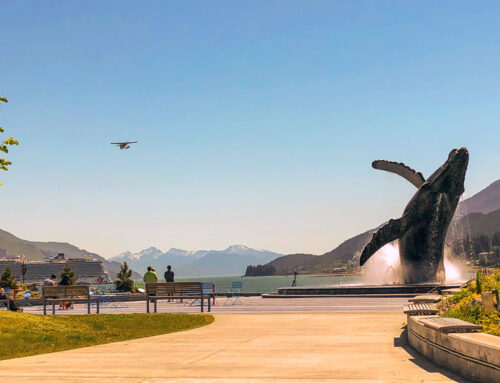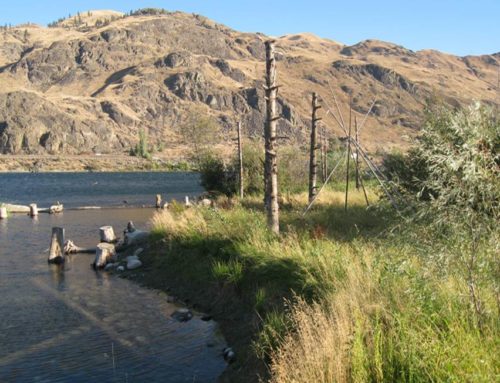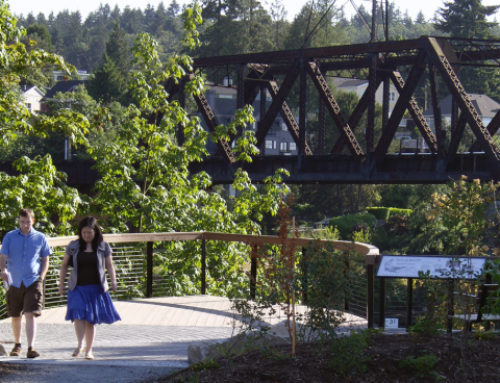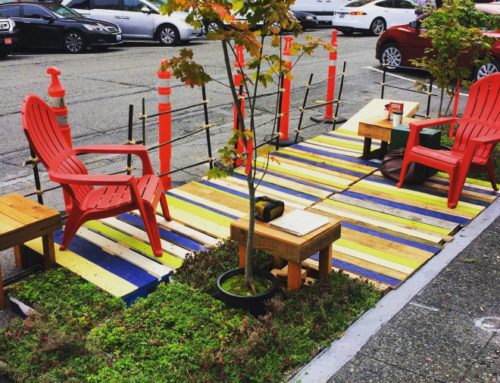By Mike Perfetti

This spring I spent about 10 incredible days in the Land of the Rising Sun – Japan. In Japan, I found a complex story of a culture and landscape – a country full of contrasts and contradictions evident in its landscape, culture, and history. The island of Honshu is home to the world’s largest city, Tokyo. This first installment of my trip journal is about Tokyo–where my trip started and ended–an incredibly immense web of buildings, tracks and roads that has unalterably reshaped my perspective on cities.
Tokyo’s metropolitan area population is the largest in the world at astounding 32,450,000!1 The population density of 10,491 people per square mile is nearly 20 times as dense as that of my hometown, Seattle, at 543 people/square mile2. Tokyo is a bustling, if not overwhelming city connected by a complex array of trains and subways; Cars are present of course, but the design of Tokyo makes owning and storing a car inconvenient and expensive. In Tokyo, there are 308 cars per 1,000 people3, compared with Seattle, which has about 743 cars per 1,000 people.4

The immensity of Tokyois well-known. But how livable is Tokyo? Monocle’s 2011 “Most Livable Cities Index” compared 25 cities looking at criteria such as safety, international connectivity, climate/sunshine, quality of architecture, public transportation, tolerance, environmental issues and access to nature, urban design, business conditions, and medical care. Tokyo placed 9th; Seattle placed 25th.5
My own experience tells me that Tokyo is an active, exciting and convenient city. Goods and retail aren’t confined only to business districts; seemingly every street has a convenient store, izakaya (pub), and market. Tokyoites, by nature of the city’s density, deal with conflict and intrusions of personal space constantly. It was interesting to see how Tokyoites are unwary to such encounters; they display an amazing tolerance for such things – a matter of survival and sanity I would suppose. Road rage is seemingly absent. The Japanese people are incredibly polite and share a culture of collectivism.
In some ways, Seattle cannot be compared to Tokyo; but, to me there is a lesson for us as we develop into a bigger and denser City — that it can be done on a scale beyond what we’ll ever see here, and can be done well. We’ll have to consider our dependence on cars and our notion of personal territory to make this work.
 As much as anything, though, my observations of Tokyo have reinforced my conviction that public open spaces, parks and access to nature are essential to creating healthy and livable cities. Tokyo is beginning to embrace waterfronts as open space, and historic temples and the occasional park provide essential open spaces for people. In Seattle, we have a unique appreciation and relationship with our sublime landscape; environmental stewardship and community are vital components of our culture, and our commitment to parks and open space is strong, giving our city amazing potential to become one of the great cities of the world.
As much as anything, though, my observations of Tokyo have reinforced my conviction that public open spaces, parks and access to nature are essential to creating healthy and livable cities. Tokyo is beginning to embrace waterfronts as open space, and historic temples and the occasional park provide essential open spaces for people. In Seattle, we have a unique appreciation and relationship with our sublime landscape; environmental stewardship and community are vital components of our culture, and our commitment to parks and open space is strong, giving our city amazing potential to become one of the great cities of the world.
__________________
Sources
1 Wikipedia, “List of metropolitan areas by population”
2 Wikipedia, “Seattle Metropolitan Area”
3WEC “Energy for Megacities” Study”: Tokyo case study by Paula Restrepo Cadavid, revised by Pierre-Noel Giraud 07/09/2010
4 Wikipedia, “World’s most livable cities”
5 “Metro Areas Ranked by Vehicles Per 1,000 Residents (construction, school)”





